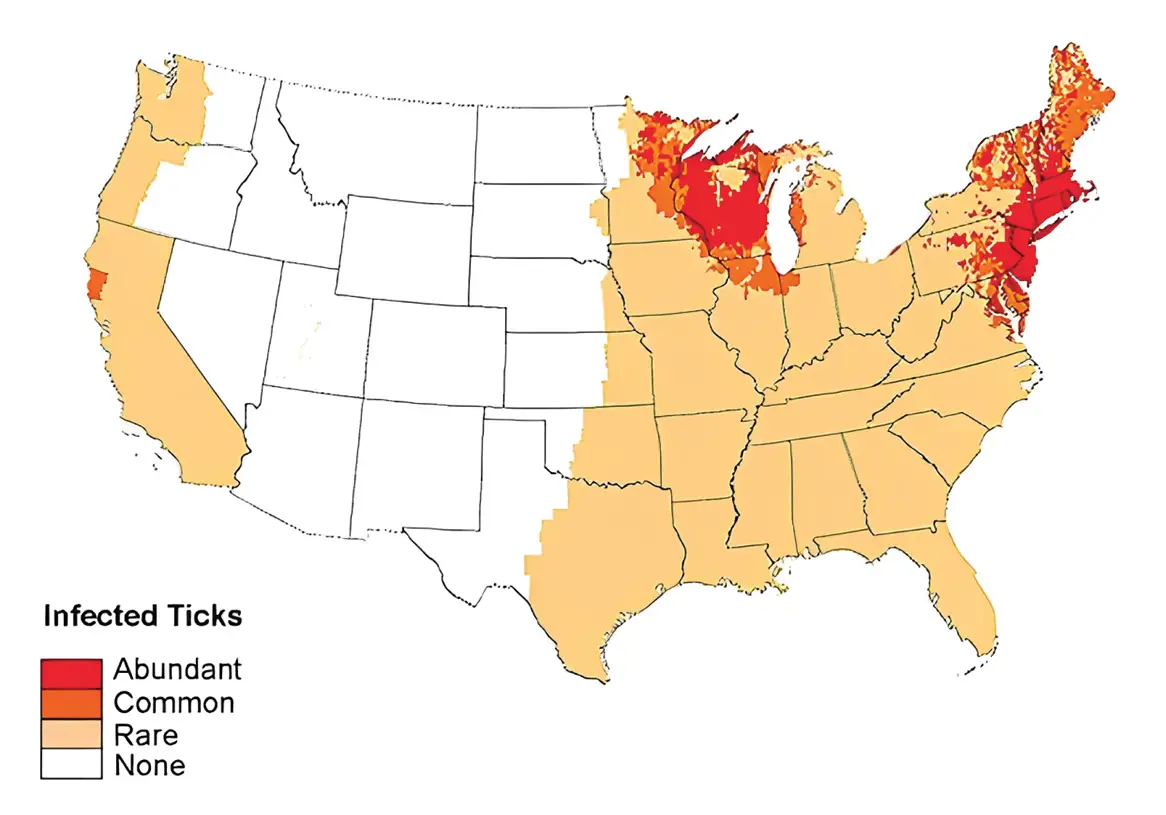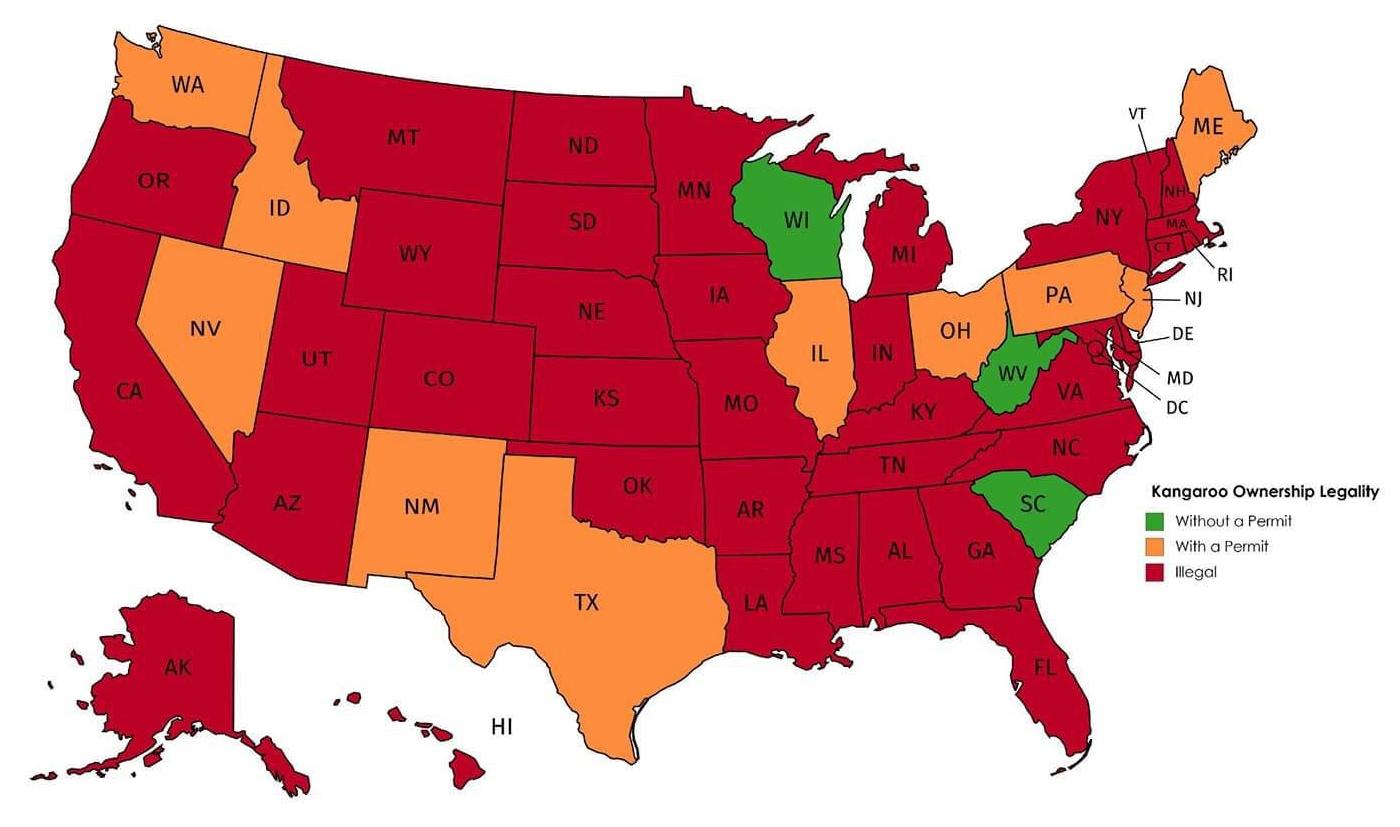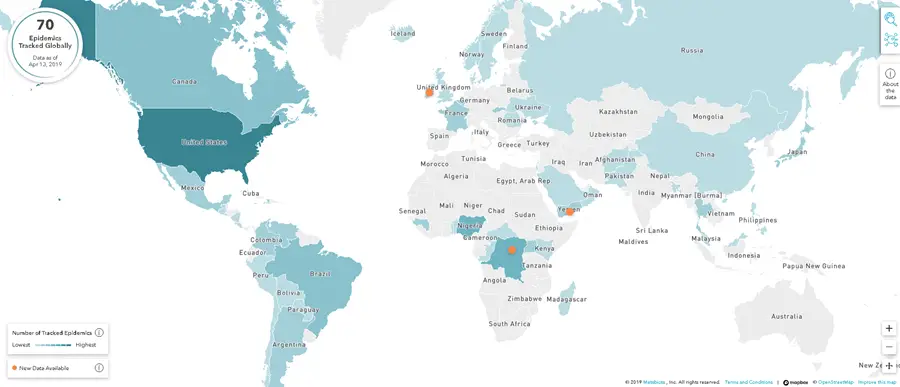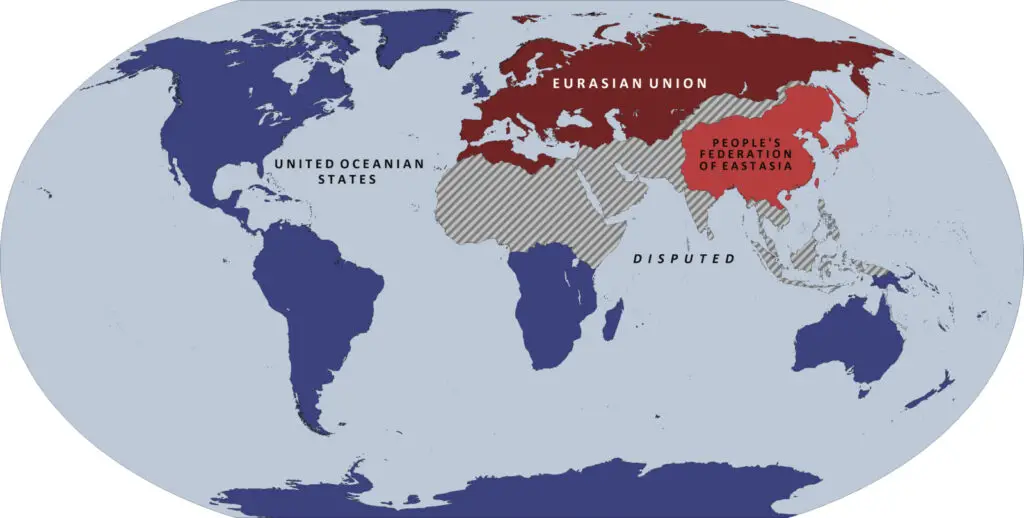The Black Death: Europe’s Deadliest Uninvited Guest
Imagine a world where one in three people vanish in just a few years. This wasn’t a plot from a dystopian novel – it was the harsh reality of 14th-century Europe during the Black Death pandemic.
The Black Death wasn’t your average flu. This killer, caused by the bacterium Yersinia pestis, came in three flavors: bubonic, septicemic, and pneumonic plague. The bubonic version, spread by flea-infested rats, was the most common – and it was about to change the course of history.
Picture this: It’s 1346, and ships are docking at the busy ports of the Crimean Peninsula. Little do the sailors know, they’re carrying more than just goods – they’re bringing death to Europe’s doorstep. From there, the disease hitched a ride on trade routes, sneaking into the heart of bustling Italian cities.
Once it arrived, there was no stopping it. The plague tore through Europe’s overcrowded, filthy medieval cities like wildfire. It was the perfect storm – a deadly disease meets terrible sanitation and zero understanding of germ theory
The map below from Philip’s Atlas of World History shows the spread of the black death in Europe.
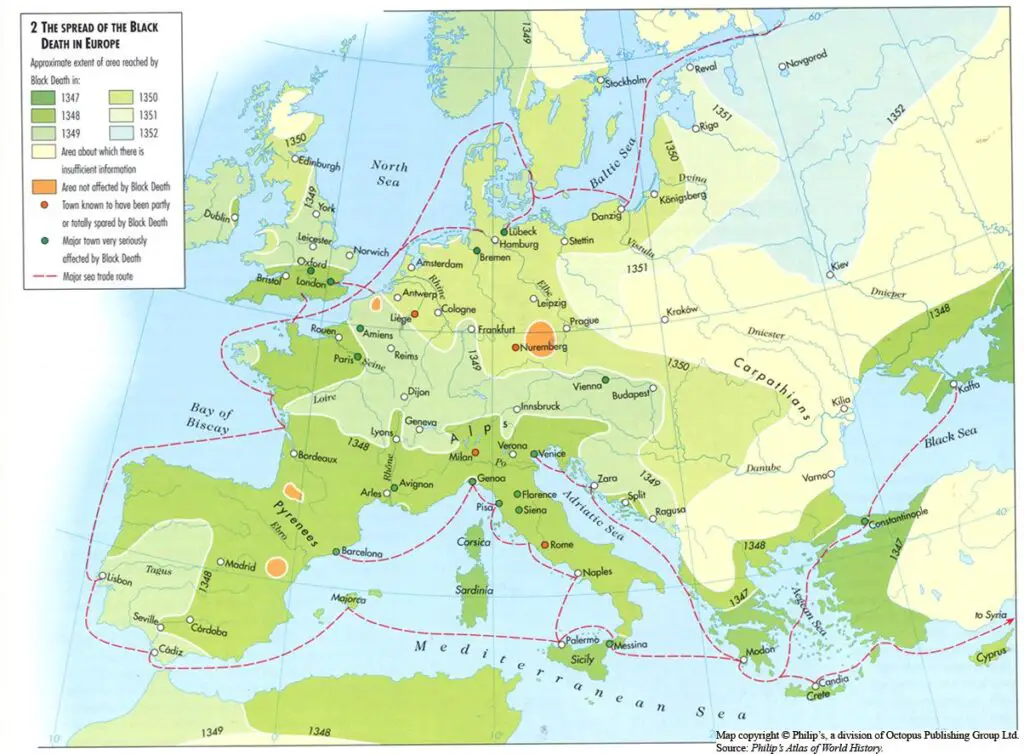
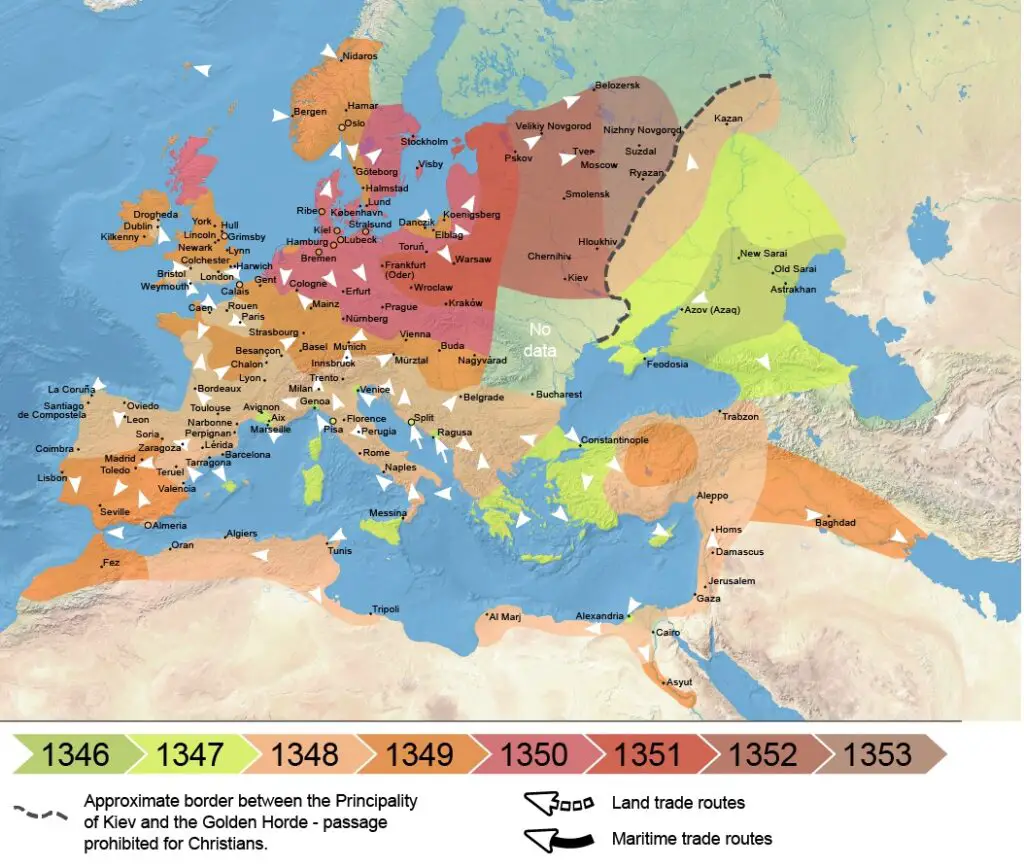
The Black Death’s European Tour: 1347-1352
Plague’s Greatest Hits: Europe, North Africa, and the Middle East (1346–1353)
As the disease spread, so did panic. Imagine waking up with swollen, painful lymph nodes, a burning fever, and chills that shake you to your core. These were the telltale signs of the plague, and they often meant a death sentence.
The body count was staggering. Up to 50 million people – that’s one-third of Europe’s population – were wiped out. It didn’t matter if you were a peasant or a king; the Black Death didn’t discriminate. The population hit was so severe that it took until the 1500s for Western Europe to bounce back to pre-plague levels.
This wasn’t just a health crisis – it was a societal earthquake. With so many people dying, the carefully structured feudal system started to crumble. Suddenly, there weren’t enough peasants to work the land, and surviving workers could demand better conditions. The Black Death inadvertently became a catalyst for social change.
Despite their best efforts, medieval folks were fighting an invisible enemy they couldn’t understand. Quarantines were attempted, but without knowing how the disease spread, these measures were like using a umbrella in a hurricane – well-intentioned but ultimately futile.
The psychological scars ran deep. How do you make sense of your entire village being wiped out? Or watching your family succumb one by one? The Black Death left a legacy of fear and trauma that echoed through generations.
Even after its initial rampage, the plague kept making unwelcome comebacks in the following centuries. It was like a horror movie villain that refused to stay dead, keeping Europe on edge for hundreds of years.
The Black Death wasn’t just a blip in history – it was a watershed moment that reshaped Europe’s entire social, economic, and cultural landscape. Its impact still echoes today, a grim reminder of the power of pandemics to change the course of human history.
You can learn more about Black Death from the following books available on Amazon:



